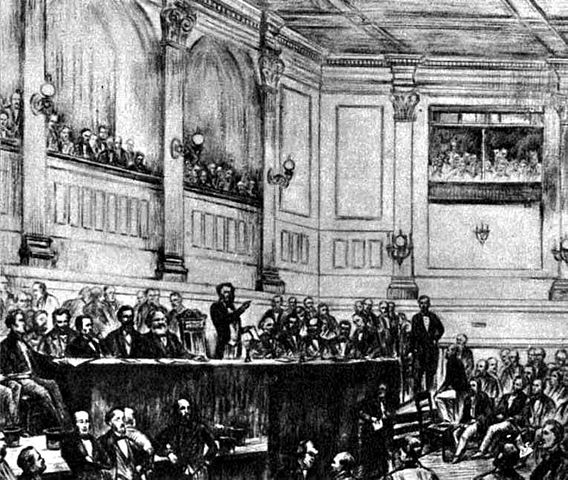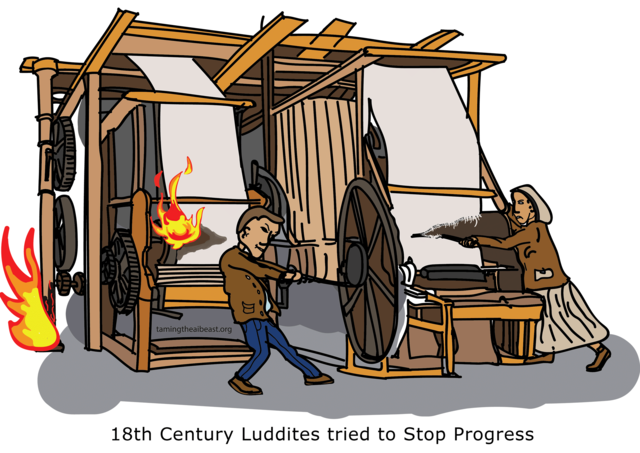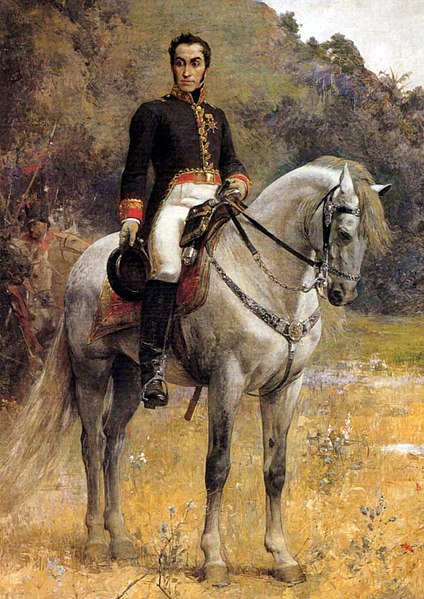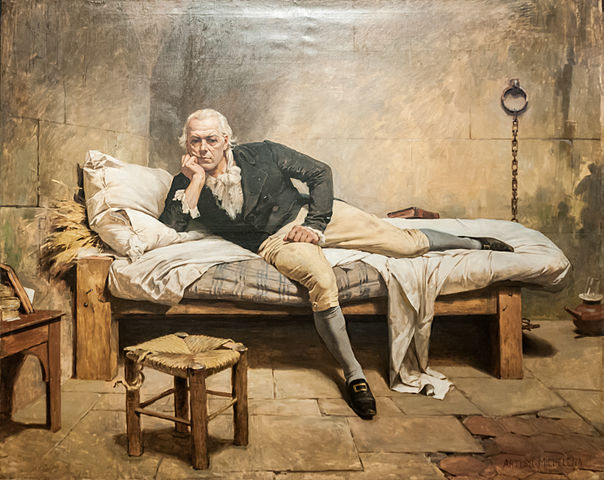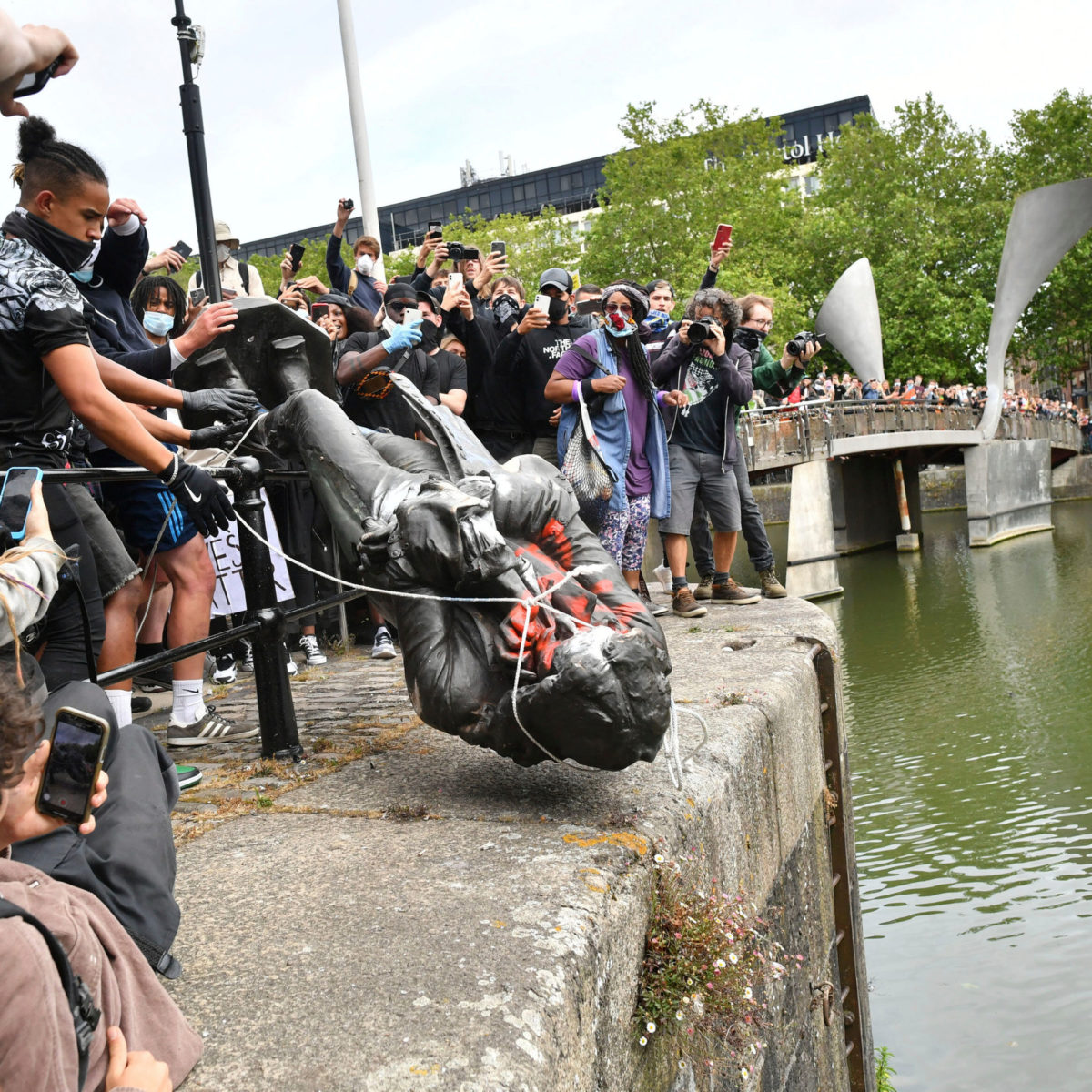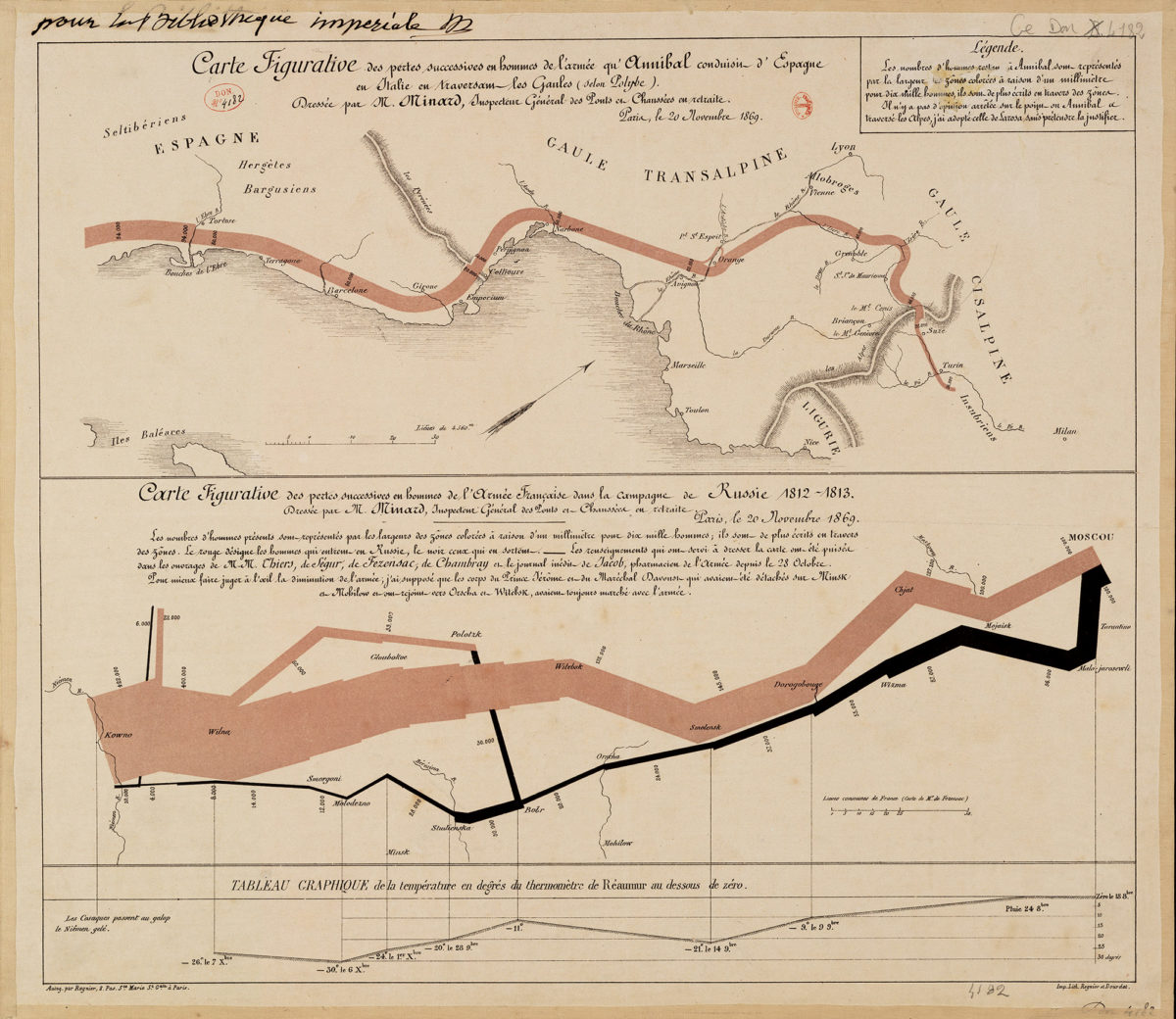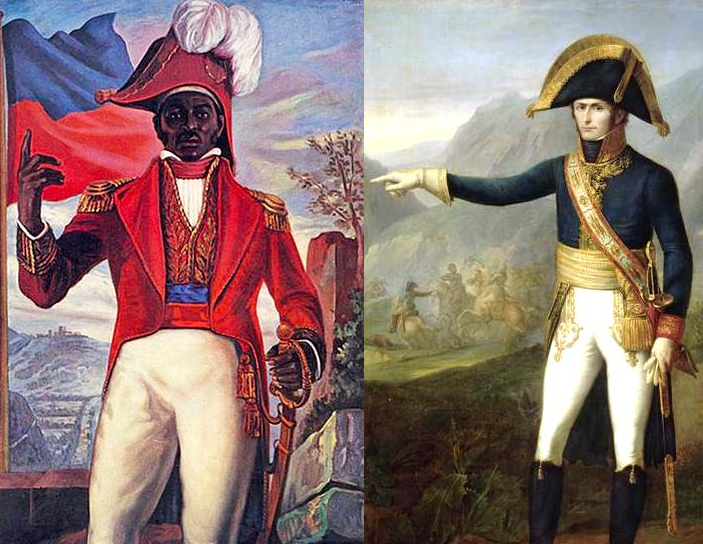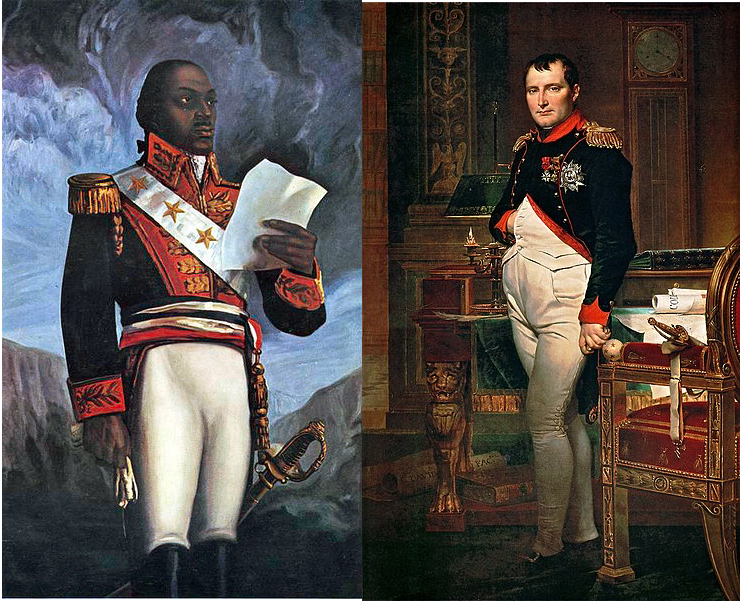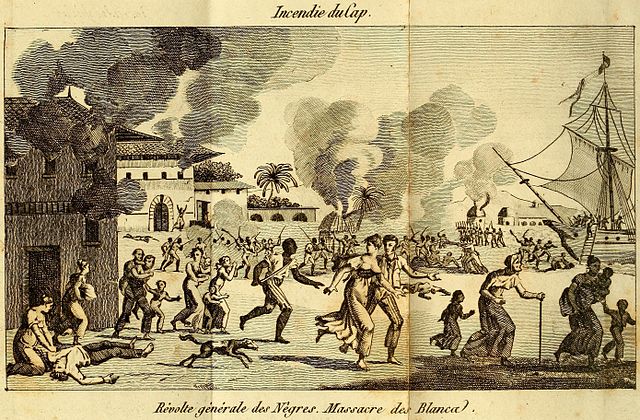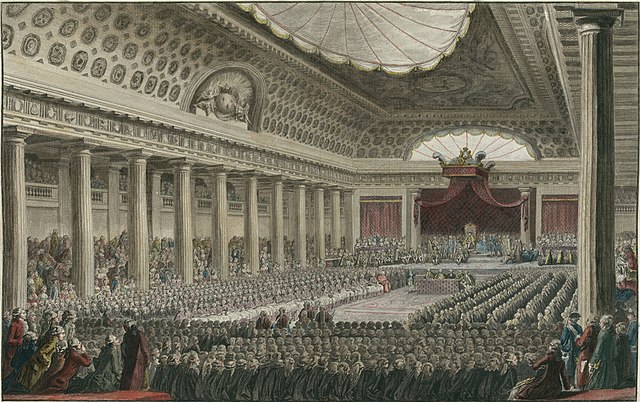Choosing our avatars carefully, we take you through the political ideologies of the 19th century. Conservatism (Burke, Metternich); Liberalism (Paine, Locke); Radicalism (Condorcet, Gregoire); Anarchism (Bakunin, Kropotkin); Communism (Marx & Engels); and we throw a few more in as well (nationalism, humanitarianism, romanticism). This episode will set you up nicely for the next round of revolutions – 1830, 1848, and 1870.
Tag: Civilizations Series
Civilizations 13: The Industrial Revolution
We cover the Industrial Revolution in England, from a few angles. Justin inserts his usual colonial determinism notes, as well as some environmental history about fossil fuels and energy sources for imperialism; Dave takes us through the revolution and what it meant; we talk about the rise of the working class, reveal that the Luddites pretty much had it right, and conclude with the early socialists: Robert Owen, and Marx and Engels.
Civilizations 12b: Bolivar and Latin American Independence pt2
At the beginning we quickly tell the story of Mexico’s Wars of Independence – Hidalgo, Morelo, and Iturbide. Then we return to Simon Bolivar from the Angostura period to the liberation of Peru and an assessment of Bolivar’s politics and legacy. We conclude by quickly telling the story of Brazil’s Independence and discern some patterns in these liberations.
Civilizations Series Episode 12a: South American Independence pt1 – Miranda and Bolivar
The struggles for Independence against the Spanish Empire rocked the Western Hemisphere at the beginning of the 19th century and changed the world. We focus on Simon Bolivar to tell this story in two parts. In this part, the Precursor, Francisco de Miranda, and the first half of Simon Bolivar’s campaigns.
Civilizations BONUS EPISODE: The case against the statues
Dave and I go over a very long list of the statues that have been torn down or come down over the past month, the historical figures behind them, and the case for tearing down each statue. From Columbus to Colston, from Jefferson to Roosevelt and many in between, we answer the question – why might people want to tear these statues down?
THE LIST:
Columbus
Edward Colston
Robert Milligan
Thomas Picton
Robert Clayton
Theodore Roosevelt
William Jefferson
Robert E. Lee
Ulysses Grant
Winston Churchill
Thomas Guy
John Cass
Edward Codrington
Cecil Rhodes
Leopold II
John Fane Charles Hamilton
Raphel Semmes
Sam Davis
John Castleman
Richard Dowling
Jefferson Davis
Henry Lawson Wyatt
John C. Calhoun
Stonewall Jackson
Williams Carter Wickham
Juan de Oniate
Junipero Serra
Diego de Vargas
Edward W. Carmack
Thomas Jefferson
Frank Rizzo
One Riot, One Ranger
Avery Brundage
Jerry Richardson
Philip Schuyler
Caesar Rodney
Josephus Daniels
John Sutter
William Clark
Civilizations 11e: The Haitian and French Revolutions pt5: aftermath
Dessalines became Emperor of Haiti in 1804, marking the end of the Haitian Revolution. Napoleon’s crowning as Emperor was the end of the French one. We talk about Napoleon’s wars, compare Napoleon’s exile and imprisonment to Toussaint’s, and talk about the momentous consequences of these revolutions.
Civilizations Series Episode 11d: Haiti wins Independence, Napoleon becomes Emperor. French and Haitian Revolutions pt4.
It took Dessalines to complete the job of winning Haitian Independence, after Napoleon had Toussaint captured and imprisoned to die in France. Napoleon went on to make himself Emperor of France and start what seemed like an interminable series of wars. This takes us to the end of both revolutions.
Civilizations Series Episode 11c: Haitian and French Revolutions pt3
This phase of the French and Haitian Revolutions was dominated by two very dominating figures: Toussaint L’Ouverture and Napoleon Bonaparte. We talk about their rise and how they surpassed their rivals and would end up facing one another.
Civilizations Series Episode 11b: Haitian and French Revolutions pt2
The Haitian Revolution started with a well-planned conspiracy led by a slave named Boukman in 1791. The French Revolutionaries scrambled to figure out how to preserve the crown jewel of their colonies while accommodating their newfound principles of liberty, equality, and fraternity. In France, the revolution went from monarchy to Republic to the best-known symbol (sadly) of the revolution, the guillotine. Part 2 of our series on the Haitian and French Revolutions takes us from 1791-1794.
Civilizations Series Episode 11a: French and Haitian Revolutions pt1
Chinese diplomat Zhou Enlai may or may not have said 200 years later that it’s too early to tell what the consequences of the French Revolution are, but we are dedicating five full episodes to it and doing it right, which means treating the French and Haitian revolutions together. In part 1 we go from the Storming of the Bastille to the Declaration of the Rights of Man and the Citizen and on, getting as far as 1792.

